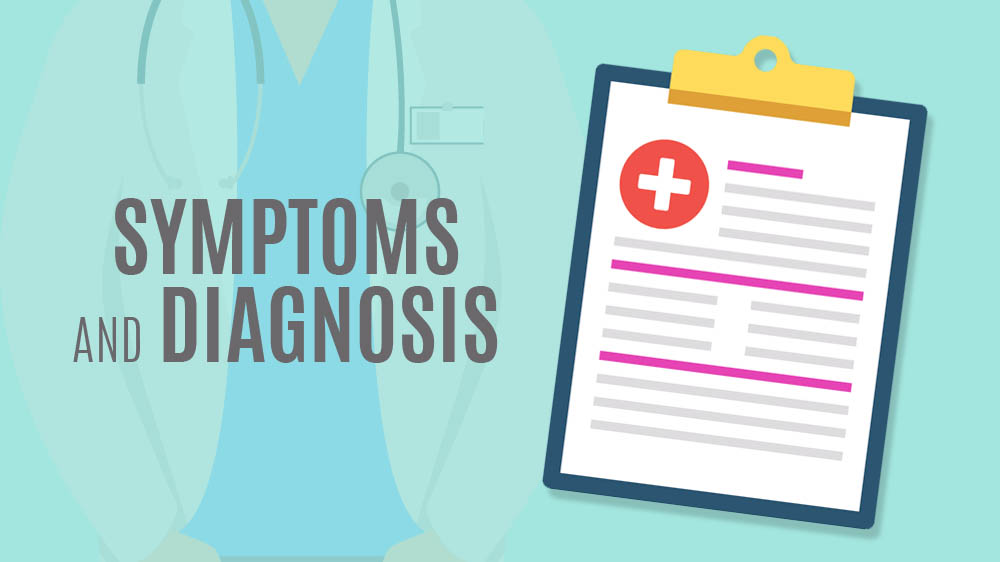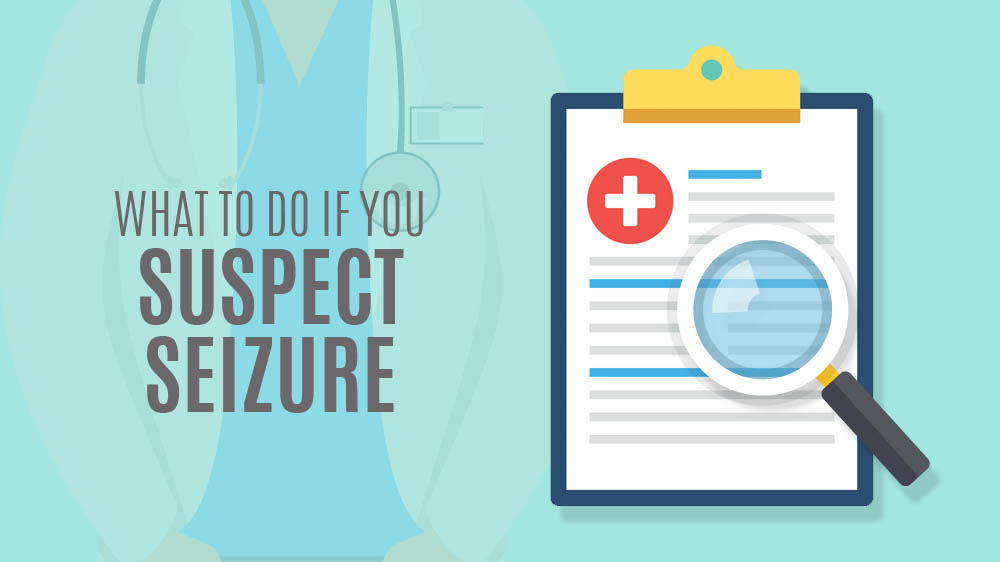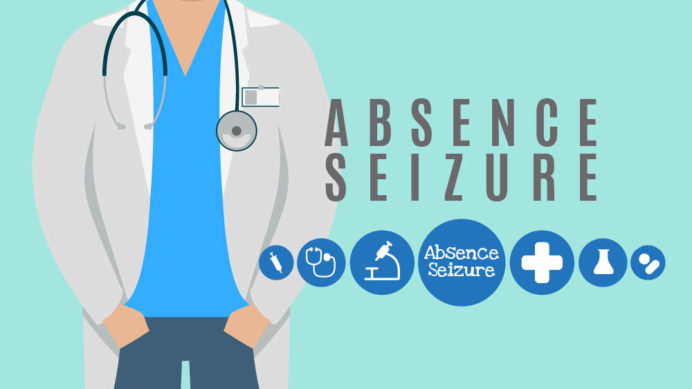You have probably heard an absence seizure called by another name—petit mal seizures. Like other seizures, absence seizures are caused by intense, abnormal brain electrical activity. Under normal conditions, nerve cells in the brain (called neurons) communicate with each other via tiny electrical signal transmissions. When seizures occur, the signals are abnormal and can affect the whole brain (generalized seizures) or part of the brain (isolated or localized seizures).
Absence seizures affect the entire brain and are classified as a generalized type of seizure. They occur in about two in 1,000 people, mainly in children aged 5 to 15. Most children do outgrow this type of seizure, usually by their teen years. In fact, about 70 percent of children do indeed outgrow the seizures by age 18. There is also a higher likelihood of outgrowing them if the first seizure occurs before age 9.
During an absence seizure, the child will abruptly stop what they’re doing and appear to just stare off into space, which is why it is called an absence seizure. The person just appears to be absent, unaware of his or her surroundings. There are no convulsions with an absence seizure, and rarely does the patient collapse and fall down. There is a very brief loss of consciousness, around 10 to 30 seconds.
The person fully recovers, too, with no lasting effects, but also has no memory that the seizure happened. There is typically no drowsiness, confusion or headache afterward as in other types of seizures. The frequency of seizures varies among patients. One child might have them very infrequently, while another might have several per hour. The increased frequency may interfere with learning. Furthermore, in undiagnosed children, educators often mistake these seizures for inattention or daydreaming. In fact, parents don’t often know their own children are having these seizures because they can be so brief.

Symptoms and Diagnosis
While the vacant stare is by far the most telling symptom, there are some other very particular symptoms of absence seizures:
- Sudden halt of activity
- No falling
- No memory of the seizure
- Return to full function
- Decline in a child’s learning ability is often the first noticeable sign of this type of seizure.
The person usually continues what they were doing once the seizure ends. They’re alert, awake and able to think clearly. If several absence seizures occur in a row, the person may feel confused or may have lost track of the day’s events. For students, that translates to not keeping track of the teacher’s instructions or incomplete work.
Cause
While researchers are not entirely sure yet of the cause of an absence seizure, this type of seizure is thought to be genetic. These seizures tend to occur during periods of inactivity, although researchers are not clear why this happens.
Treatment
Anti-seizure medications usually work very well to control absence seizures. Some of the common medications are ethosuximide (Zarontin), lamotrigine (Lamictal), valproic acid (Depakene) and divalproex sodium (Depakote).

When To Call The Doctor
The first time you notice or suspect a seizure, contact a doctor. If your child has been diagnosed with another form of seizures and you notice this as a new type of seizure, you should also contact the doctor. Furthermore, in the following instances, a doctor should be notified:
- Make sure the child has taken the prescribed dose of anti-seizure medication
- If the seizures continue despite having taken medication, call 911
- Any seizure that lasts more than five minutes
- Prolonged “automatic” behaviors, such as moving or eating without seeming to be aware of it. This could be a sign of a condition called absence status epilepticus, which is a prolonged absence seizure that could last for hours or days. The cardinal symptom is the altered state of consciousness while the patient is usually fully alert and partially responsive
Complications
In about 25 percent of patients with absence seizures, there is a high likelihood of developing another specific type of generalized seizure called a tonic-clonic seizure. You may know this type of seizure by its old name, grand mal seizure. A tonic-clonic seizure is the “classic” seizure and what most have in mind when they think of someone having a seizure. All the muscles stiffen, the person jerks or convulses, they lose consciousness and fall to the floor, and air is forced out of the vocal cords causing the person to groan.
There are both typical and atypical absence seizures. The typical seizure is what has been described above. Atypical seizures are similar, but they last longer. They also develop more slowly and the person can actually slump over or even fall down. While the cause is unknown, researchers think these seizures are linked to brain abnormalities that were present at birth (called congenital defects) perhaps from trauma or injury to the baby. Scientists also think the atypical seizures are complications of liver or kidney disease. While typical absence seizures don’t normally continue past the teen years, the atypical seizures often continue into adulthood.
Here are some common characteristics of an atypical absence seizure:
- Start with the blank or absent look
- Muscle tone changes soon occur. There may be rapid eye blinking, lip smacking, chewing movements or rubbing the fingers together
- Seizures last 20 seconds or more

What To Do If You Suspect An Absence Seizure
There are differences between daydreaming and absence seizures. Often, teachers will mistake the seizures as inattention and may talk to you about the child’s daydreaming. Teachers simply notice the child tuning out. If this happens, and you suspect seizures, have the teacher keep a log of your child’s episodes—frequency, duration and detailed description of what is occurring.
Daydreaming usually happens more slowly and you can bring the child back to attention fairly quickly. An absence seizure can happen anytime and usually happens suddenly. It cannot be interrupted, meaning that you cannot get the child’s attention.
If you suspect seizure, schedule a visit to your family doctor, or schedule an appointment with an epilepsy specialist. The doctors will likely perform an electroencephalogram (EEG) to look at brain activity and signs of a seizure.
Bottom Line
If you believe your child is suffering from absence seizures seek help from a medically professional and find out what is truly happening. Don’t be afraid as these seizures are very treatable and normally go away by adulthood. If you have any questions or are in need of a Guardian Helmet feel free to send us a message below or contact us via Facebook!



 Guardian Soft Special Needs Helmet
Guardian Soft Special Needs Helmet Locking Chin Strap For Guardian Helmets
Locking Chin Strap For Guardian Helmets

